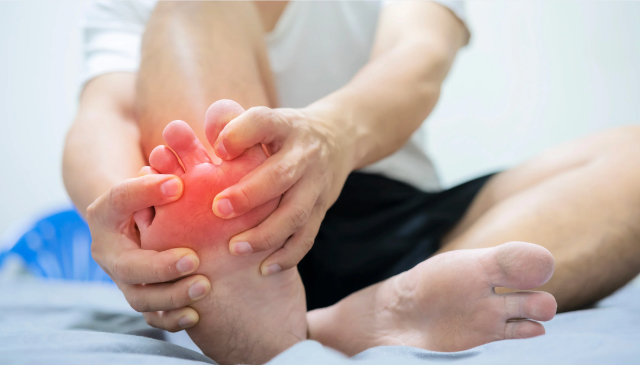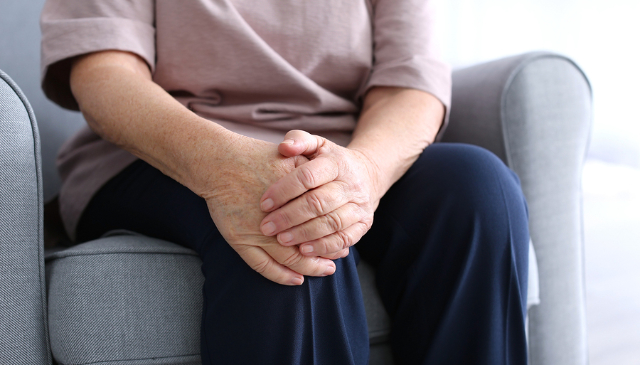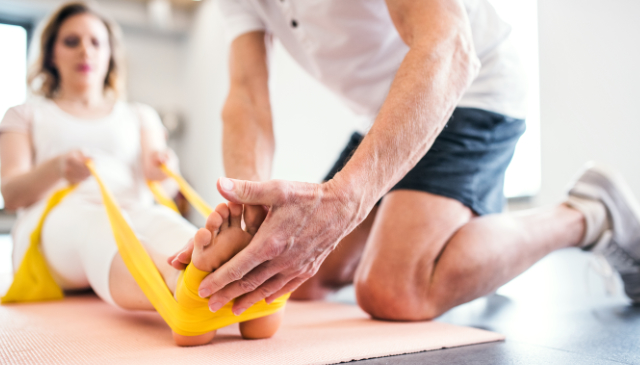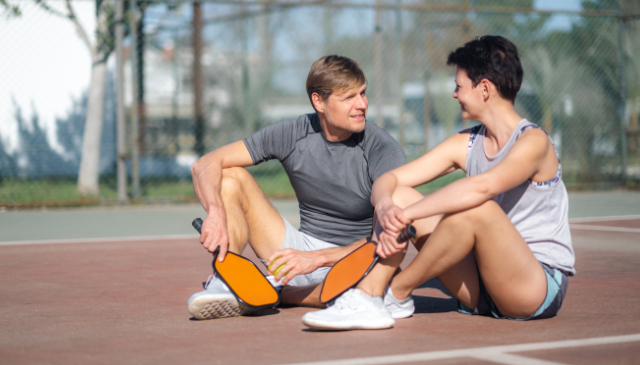
Imagine a tiny, invisible hitchhiker nestled between your toes, one that announces its presence with every step you take. This unwelcome passenger is Morton’s neuroma, a thickened nerve tissue that transforms the simple act of walking into a painful ordeal.
Morton’s neuroma occurs when tissue thickens around a nerve in the foot, typically between the third and fourth toes. This compression irritates the nerve, causing it to enlarge and generate pain signals with each step. It’s like having a pebble permanently lodged in your shoe, except it’s inside your foot. While surgery is an option for this condition, research shows that nonsurgical treatments like physical therapy can be just as effective for reducing pain and improving function. So, before you consider going under the knife, let’s explore how physical therapy can help!
Otherwiseâsimple tasks become challenging chores with Morton’s neuroma
Morton’s neuroma typically leads to a sharp, burning pain in the ball of the foot that is accompanied by tingling or numbness in the affected toes. Patients often say that it feels like they’re âwalking on a marbleâ even when barefoot. For some, removing one’s shoes alleviates the pain to a degree due to less pressure on the foot, but this relief is often only temporary.
As a result of these symptoms, everyday activities tend to become challenging for most patients with Morton’s neuroma. Shopping trips become expeditions, dance classes turn into endurance tests, and even standing to cook dinner becomes a countdown to discomfort. Contributing factors to symptoms include the following:
- Fashionable but problematic footwear (particularly high heels and narrowâtoed shoes)
- Having an abnormal foot structure
- Participating in activities that repeatedly stress the front of the foot
Understanding these factors can help patients navigate both treatment options and prevention strategies.
Hands-on manual therapy found to be one of the best treatments available
There are several treatments out there for Morton’s neuroma, but it’s unclear which are most beneficial for relieving pain and improving function. With this in mind, a team of researchers conducted a review to determine the most effective nonsurgical treatments for this condition. They analyzed 25 studies describing various interventions for Morton’s neuroma and found that steroid injections and manual therapy were supported by the strongest evidence for alleviating pain.
Manual therapy is a handsâon intervention that includes joint mobilization and manipulation techniques. It is frequently used by physical therapists for conditions like Morton’s neuroma, where they use these specific techniques to improve joint mobility in the foot, reduce pressure on the affected nerve, and restore proper biomechanics. This means that with the right treatment, you could experience relief without needing injections or surgery.
Physical therapy for Morton’s neuroma isn’t just about relieving pain. It’s also about addressing the root cause of the issue. In addition to manual therapy, here are some other interventions a physical therapist will use in a typical treatment program:
- Stretching and strengthening exercises: targeted movements to reduce strain on the forefoot and improve overall foot mechanics
- Footwear and orthotics guidance: properly fitted shoes and supportive insoles can make a world of difference in reducing pressure on the nerve
- Gait Training: learning to walk properly can help offload pressure from the painful area and prevent future issues
Why choose physical therapy over other treatments?
Many patients with Morton’s neuroma are offered corticosteroid injections to reduce inflammation. While injections can provide shortâterm relief, they don’t address the underlying biomechanical issues that led to the problem in the first place. Additionally, repeated steroid injections can lead to tissue damage over time.
On the other hand, physical therapy provides a longâterm solution by retraining your foot and lower leg to move properly, reducing stress on the affected nerve. Plus, research has shown that manual therapy techniques can be just as effective as injections for pain reliefâwithout the side effects!
Call us today to begin your journey to less foot pain
If Morton’s neuroma is slowing you down, we strongly recommend trying nonsurgical treatments before considering surgery. Physical therapy offers a safe, effective, and nonâinvasive way to manage pain and restore function. With the right combination of handsâon treatment, exercises, and expert guidance, you can get back to walking, running, and living life without foot pain.
Contact our physical therapy clinic today and take your first step toward pain-free movement! The full text for the study featured in this newsletter can be found on the journal’s website.








